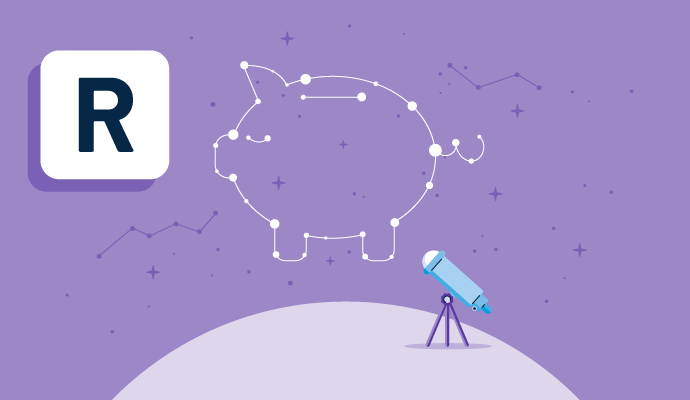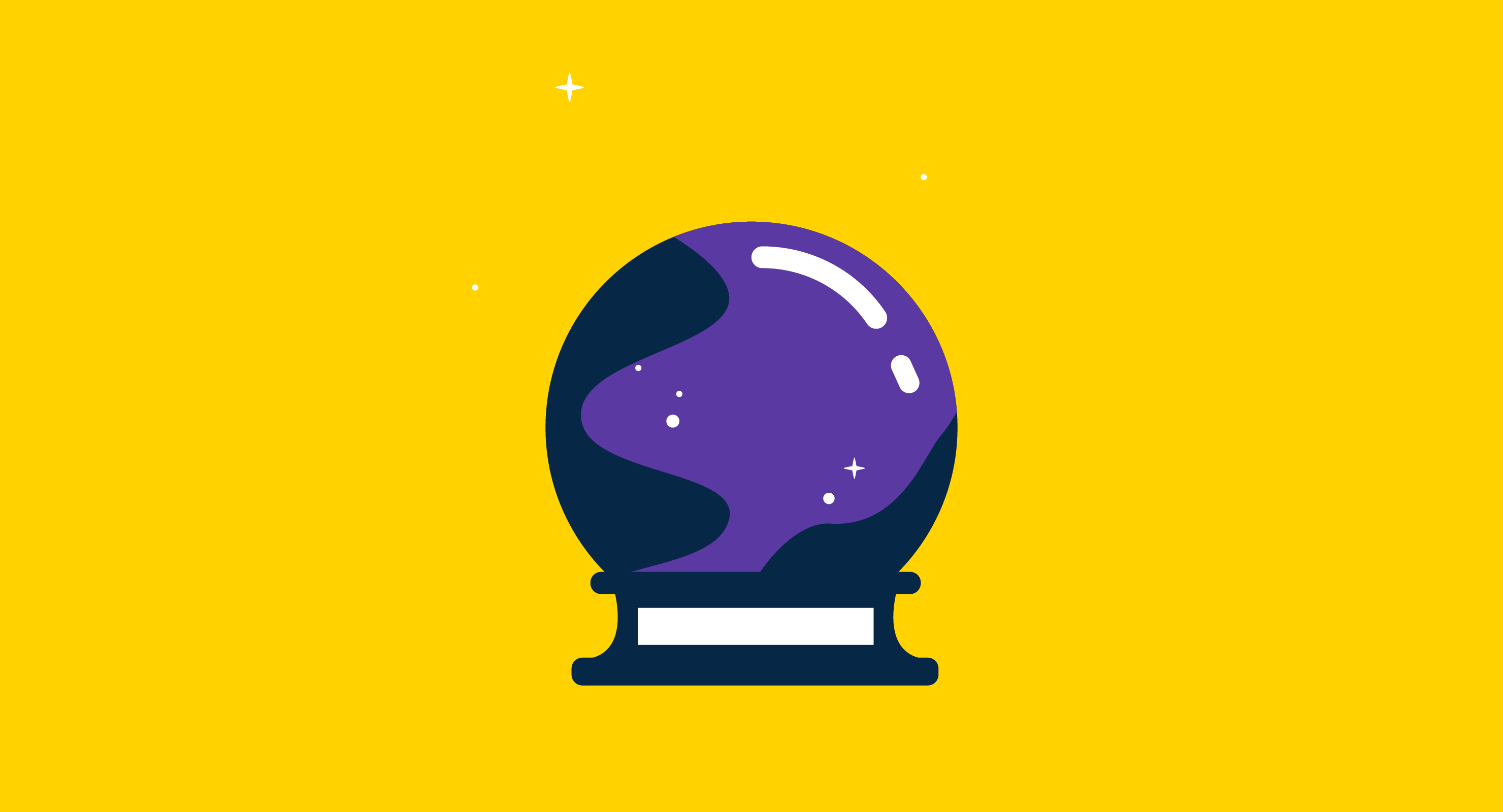What is a rolling forecast?
A rolling forecast is a financial reporting method that uses historical data to predict future financial information over time. It’s common to see rolling forecasts for 12, 18, or 24 months in advance. These are informative tools used for making business decisions and are particularly valuable in ever-changing and fast environments.
Budgeting and forecasting software solutions help companies forecast efforts to plan the financial resources needed to support business activities in the future.
Benefits of rolling forecasts
Organizations that implement a rolling forecast will likely see specific results that enable them to make stronger business decisions. There are many benefits to using rolling forecasts, including:
- Driver-based planning: Compared to the traditional budgeting model, rolling forecasts allow companies to make driver-based planning decisions. Key “drivers,” such as market share, are identified and considered when making financial decisions rather than relying solely on individual line items in a budget. By using “drivers” in forecasting efforts, fluctuations in operations are accounted for throughout the year rather than at one set point in time.
- Up-to-date financials: Rolling forecasts are more dynamic than traditional budgeting and allow businesses to adjust predictions in real-time to accommodate recent trends or business impacts. Since financial information is updated continuously and considers current events, organizations can make well-informed decisions and respond better to time-sensitive situations.
- Improved risk analysis and mitigation: By considering the long-term horizon, businesses can recognize and analyze business risks. In turn, improved risk analysis can lead to better risk mitigation and provide time to course-correct and address risks early on.
- Proactive resource allocation: Monitoring the state of a business in real-time provides insight into how resources are allocated and if it’s time to bring on additional resources to help achieve business goals. Rather than basing resourcing and hiring decisions on a traditional static budget, a rolling forecast can inform conversations with team leads to improve team resourcing.
Steps for creating a rolling forecast
There’s no one-size-fits-all approach to implementing a rolling forecast, but organizations can take some general steps to get started. Remember the business drivers, rolling timeline, and financial reporting needs should be determined based on business specifications.
- Align the rolling forecast with the organization’s strategies. Determine and understand what needs to happen to support the unique state of the business and the industry it’s within. Identify who the stakeholders are that need to be engaged to develop the new forecasting process.
- Consider what forecasting period would work best. There’s no right or wrong timeframe for setting up a rolling forecast. Some businesses run on a 12-month timeline, while others plan 24 months out. Choose an increment of time that best supports the organization’s goals and makes sense to execute on.
- Round up relevant data and establish driving factors. Historical financial data is a must for building a rolling forecast, so ensure data sources are accessible, accurate, high-quality, and will fit the new model. Additionally, talking through key drivers with stakeholders should be determined upfront for consistent decision-making processes and long-term plans. These will look different for each business but ultimately should center around themes that will impact or grow the business.
- Choose a software system. Consider using a budgeting and forecasting software solution to support a new forecasting initiative. Create a list of features needed for the business and narrow down the search process from there.
- Implement processes to support the new model. To get the most out of the new software and accurately start using the rolling model, implement strategies to support the data collection and system use.
- Review and update the new process along the way. After implementing the rolling forecast practice, make adjustments as needed to stay on track and achieve business goals.
Rolling forecast best practices
Some general best practices should be followed when using this forecasting method. A framework should take the following into account for best results:
- Outline key drivers for success. Metrics that directly influence company performance should be clearly outlined and identified early on in the process. These key drivers are crucial for forecast-based decisions. There are no set rules on how many drivers a company should identify as business models and goals differ across organizations, but as a general practice, focus on the critical drivers to narrow down a lengthy list.
- Emphasize how critical updates are. A rolling forecast requires frequent updates for accurate data and projections. Build a framework for incorporating updates and ensure resources are available to dedicate to the task.
- Take advantage of the forecast by analyzing it. One of the significant benefits of rolling forecasts is improved risk analysis and mitigation. Set aside time and dedicate effort to analyzing the data in-depth to inform business decisions and better track company budget.
Rolling forecast vs. traditional budgets
While rolling forecasts and traditional budgets are used for financial planning, there are some specific differences between the two models.
A rolling forecast uses historical data to make projections over time. In comparison, traditional budgets are annual plans that are calculated for a fiscal year based on the previous year.
Rolling forecasts are seen as more fluid and can be used to plan further in the future, whereas a traditional budget is viewed as static and generally only used to think about the year ahead.

Alyssa Towns
Alyssa Towns works in communications and change management and is a freelance writer for G2. She mainly writes SaaS, productivity, and career-adjacent content. In her spare time, Alyssa is either enjoying a new restaurant with her husband, playing with her Bengal cats Yeti and Yowie, adventuring outdoors, or reading a book from her TBR list.

















